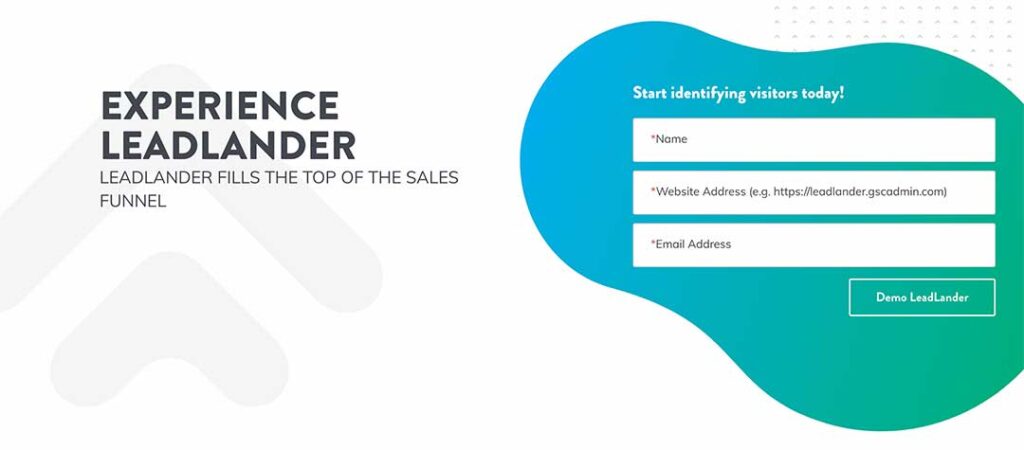90% of consumers say they’re likelier to buy from a brand that recognizes and remembers them. If you can share targeted content with a person as they progress through their buying journey, you’re likelier to convert them at the end of it.
One of the best ways to do this is with a drip-email campaign. We’ve put together this article to tell you exactly how to make a drip template from scratch.
What’s a drip campaign?
A drip campaign is a series of automated emails that a brand sends to a new email list subscriber. These campaigns aim to address the unique concerns and goals a lead has throughout each phase of the sales pipeline.
A drip template may begin with general information about a problem to address customers’ goals during the research phase. But the campaign could end with a specific call to buy your product when the customer is in the decision-making phase.
Why drip campaigns are worth running
Your company can benefit in several meaningful ways by creating and running compelling drip campaigns:
- Drip campaigns can produce 50% more sales-ready leads
- Your drip campaigns save you time through automation while also engaging your leads more effectively
- You get an automated tool for reminding customers to make a purchase (statistics show half of the people with leftover carts will purchase if you retarget them)
- Get more out of your email lists by automatically beginning the sales process for every new subscriber
- Humanize your brand
The bottom line is that drip campaigns automate moving new leads deeper into your sales pipeline. That way, leads are likelier to make a purchase when one of your salespeople finally reaches out to them directly.

How to build a drip template that will boost your conversion rates
To use drip email campaigns successfully, you need a good drip template. This encompasses:
- The content of each email you’re going to send new subscribers
- The number of emails you’ll send
- The scheduling of those emails
This section will help you create compelling content for your drip campaigns. We’ll touch on the other two points in the next section.
1. Begin with a specific goal
Drip campaigns are designed to gradually move subscribers closer to the specific actions you want them to take. But they can only do that if you clearly understand those actions.
In other words, you need to begin by defining the specific goal you’d like to achieve with your drip campaign.
This can include:
- Increasing the engagement rate of subscribers
- Getting one-time visitors back to your website
- Converting more people with abandoned carts
- Getting more business overall
- Building brand awareness and loyalty
2. Consider segmentation
Mailchimp says that segmented email campaigns get 57.69% more clicks than non-segmented campaigns. That’s a huge difference and shows why it could be an intelligent decision for your company to segment its drip campaigns.
Segmentation in drip marketing is helpful for a few reasons.
It allows you to pursue multiple goals simultaneously with different parts of your audience. It may also make the content you share more effective since you can customize based on what you know about specific groups of customers.
You don’t have to use segmentation if you just want to get your feet wet for now. But it’ll be a good idea to implement eventually.
The specific type of segmentation you use here will depend on your company, your leads, and what you hope to achieve. But you could split your lists based on factors like:
- Whether someone has an abandoned cart
- Whether someone has made a purchase already
- Demographic and geographic factors
- Previous browsing behavior on your website
3. Introduce the new subscriber to your brand
Now that you’ve got a goal in mind and decided about segmentation, you’re ready to create the first email in your drip template.
It’s always best to start with an introduction. The type of content that works well in this email includes:
- An entertaining look at your brand’s history
- An introduction to significant resources like your blog or how-to guides
- High-level information about your products
- News about your latest achievements
- First-time user discounts and offers
The idea is to give your new subscriber the lay of the land simply. You don’t need to worry about anything else until a later email.
4. Provide value to the subscriber
At this point, your new subscriber will know your brand and what they can get from it. But many people on your list won’t be ready to make a purchase yet.
That means your goal during this stage is to maintain and strengthen your relationship with a lead until they’re ready to make a purchasing decision.
The best way to do that is by setting yourself up as a source of value for the client. This phase can cover several emails, which might include:
- How-to guides
- Results of interesting studies
- Relevant blog posts
- Links to YouTube videos
This gets your subscribers interested enough in your content to continue opening up your emails whenever they see them in their inbox. If they appreciate the content you send, they’ll already have a favorable impression of your company when they’re ready to purchase.
5. Set up the problem and introduce your solutions
Now we’re ready to push the subscriber into the next phase of your sales pipeline. At this point, the lead is starting to get more serious about making a purchase. But they may not have a complete formulation of the problem they want to address or the available solutions.
We’re going to use this phase to define the problems a subscriber may be dealing with, highlight why they matter, and then introduce your solutions.
A good way to do this is to:
- Send an email that defines the problems
- Send an email that describes the general solutions that are available
- Highlight your specific solutions to the problem and why they stand out
6. Go for the sale
At this point, you’re ready to seal the deal. It’s time to make the hard-sell approach.
This email is one big call to action. It should restate all of the benefits of your products, talk about why they’re the best solutions to your subscribers’ problems, and direct them to where they can make a purchase.
Depending on your goals and products, you may want to direct a subscriber to set up a meeting with one of our salespeople instead of visiting your online shop.

Scheduling your drip emails
The previous section was about creating compelling content for your email drip campaigns. But once you have your drip template built, you need to figure out the optimal timing for sending each message.
The answer to this is very different for every company. That’s because it depends on the average buying journey for each customer.
To figure out the right schedule for your drip template, start by asking yourself how long it takes to convert the average lead. Then you can build the timing of your emails around that. If it usually takes you about two weeks from first making contact with a lead to convert them, you should set up your drip template for two weeks.
The goal of every drip campaign is to guide a new lead through the buying process. So you want to make sure that your drip campaign lasts throughout it.
Increase your drip email conversion rates with LeadLander
We wrote earlier about how valuable segmentation can boost your drip template conversion rates. But to do segmentation well, you need consistent access to high-quality data about your leads’ demographic information, browsing behavior, and company affiliation.
That’s where LeadLander comes in. Our website visitor tracking software tells you everything you need to know about your leads so you can appeal to them with more precise marketing tactics like segmented drip campaigns.
You can sign up for a free 14-day trial of LeadLander today to experience the value yourself.

Related Reading


